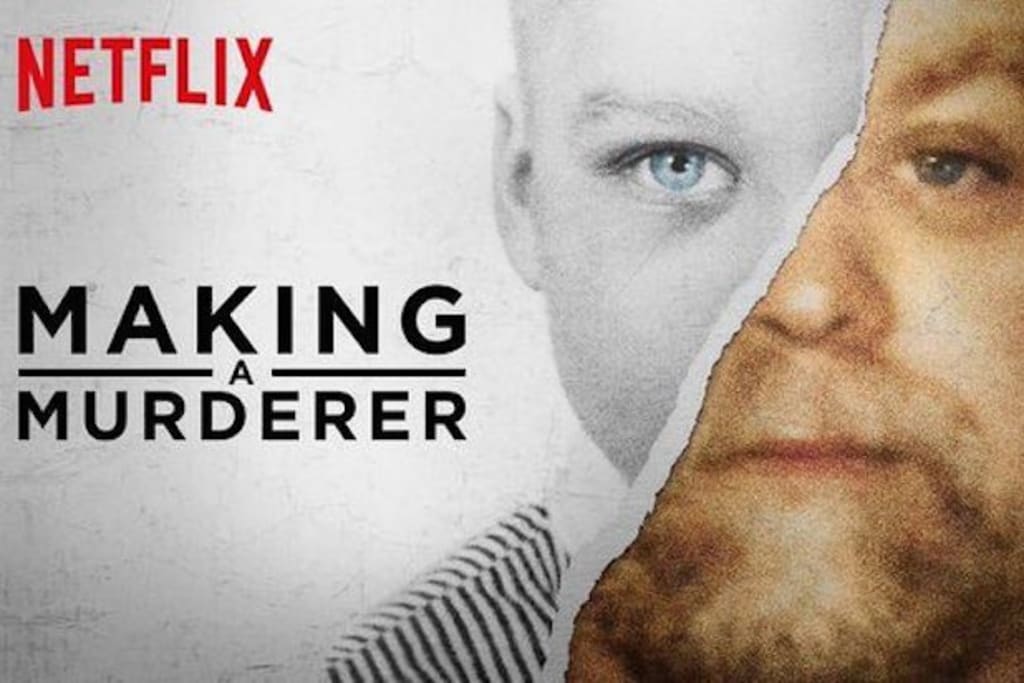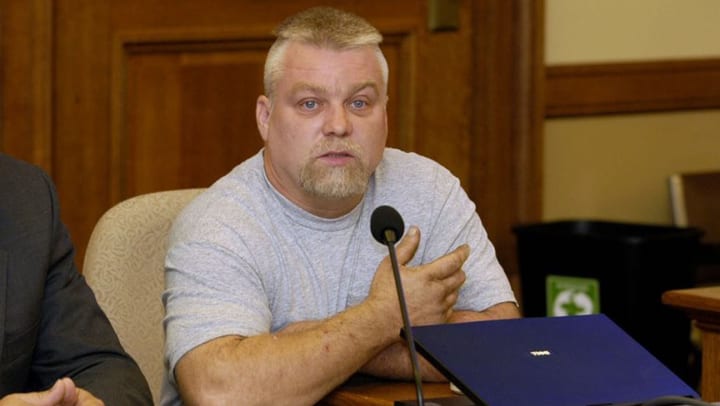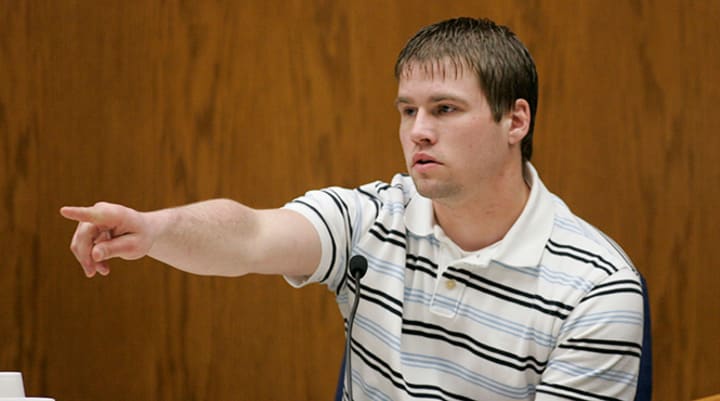Five Important Facts Making a Murderer Left Out
What You Should Know Before Watching the Second Installment of the Groundbreaking Series

With the pending release of the second season of Netflix docuseries Making a Murderer trending on news platforms and social media alike, many fans of the original production — an expose-style accounting of the trial and conviction of Steven Avery and his nephew Brendan Dassey for the rape and murder of Teresa Halbach in 2005 — are calling for an even deeper review of the circumstances surrounding Avery's case.
The series' first release in December of 2015 resulted in an explosion of opposing opinions, with supporters of Avery and Dassey pointing towards what they considered clear evidence of police misconduct in the handling of the case. Some activist groups believed the two had been so monumentally wronged by the justice system that they went as far as to gather 100,000 plus signatures for a petition, demanding then president, Barack Obama, issue a presidential pardon for the pair. And indeed, from the documentary's portrayal of the events in question, authorities were presented as having a clear vendetta against the Wisconsin man, and an almost burning desire to see him behind bars — regardless of whether the evidence they brought against him was factual or not.
However, it's important to remember that while there were serious missteps on the part of the authorities throughout the situation, the documentary itself was, as its creators admitted, meant to make people question the actions of the courts and the intricacies of the justice system. Director Laura Ricciari was quoted as saying:
"One of the things I hope viewers who really engage with the series will take away from this is this question of, if they have lingering questions, are they comfortable living with that? There are now two people who are behind bars, probably for life. Do our viewers feel satisfied with the process that led to those convictions?"
While the creators of the series claim they had no agenda, and their goal was never to portray Avery as innocent or guilty, many members of the public firmly disagree. Their intentions and the validity of their arguments against the police in charge of investigating Avery's case have been called into question a multitude of times. Accusations of the directors twisting the truth and leaving out key pieces of condemning evidence from the case have bloomed all over the internet in the months since its debut.
While there's no way to know the inner workings of the production crew's minds, and its safe to say opinions will remain split, wherever you currently stand, it's important to take into account the information left out by the critically acclaimed series.
1. Avery Was Physically Abusive to Both His Former Wife and His Fiancee

In 1984, a year prior to his wrongful conviction for the rape of Penny Beernsten, Avery was accused by his sister-in-law of physically abusing his then-wife, Lori. Manitowoc County Police records documented a call concerning "family trouble" at the couple's home. A report was filed in which Lori's sister wrote Avery, "beat up on his wife, and she left home and went to a domestic violence center."
Avery's fiancée, Jodi Stachowski, featured in the docuseries and portrayed as an avid supporter of her husband-to-be, also stated that he was physically and mentally abusive. She claims that, although she appeared to be supportive of his cause in the material the show's creators presented, she was at the time being threatened by Avery. She's quoted as saying in a 2016 interview, "He threatened to kill me and my family and a friend of mine... I was in a bath and he threatened to throw a blow dryer in there, and he told me that he'd be able to get away with it."
As with his alleged abuse of his first wife, there is also documentation substantiating Stachowski's claim. In September of 2004, Avery was arrested by sherriff's deputies following an altercation with his fiancée. He was ordered by the court to stay away from her for 72 hours, and pay a fine of $243.
2. Avery Was Accused of More Rapes Than Just the 1985 Case Featured in the Series

One of the key pieces of evidence used to back Avery's innocence in the rape and murder of Teresa Halbach was the 1985 false conviction of rape and attempted murder that led to his wrongful imprisonment for 18 years. The justice system's acute mishandling of his original case was referenced multiple times throughout the series, and presented time and time again as another piece of evidence that local police would pin the crime on the most convenient suspect given the chance.
However, the series left out seriously troubling information about Avery's past. Prior to his 1985 conviction, the Wisconsin man had been accused of sexual assault by not one, but two women. The first individual was his cousin, mentioned briefly in the Netflix production during an account from Avery in which he speaks rather nonchalantly about forcing the woman to pull over by threatening her with a loaded gun. It's offered to the audience as more of an admittedly tasteless, but ultimately harmless scare tactic.
In reality, according to the Appleton Post Crescent, the cousin's mother filed an affidavit claiming he had threatened to kill her daughter if she spoke to anyone about the rape she said had taken place. Fearful filing a written report would bring a violent reaction from Avery, his cousin didn't file a written report, and thus he was never charged with the crime.
His second alleged victim made similar claims, but as she too felt threatened by the man, also failed to file a written report.
3. Avery's Abuse and Manipulation of Dassey is Drastically Downplayed

Brendan Dassey, Nephew of Steve Avery
Avery's alleged accomplice in the rape and murder of Teresa Halbach was his then 16-year-old nephew, Brendan Dassey. Brendan was considered learning-disabled, and while the show did take the time to present the possibility of him being manipulated by his uncle into committing the crime (something which Dassey himself is quoted as saying), it leaves out a damning piece of information against Avery.
Dassey stated on multiple occasions, that not only did Avery manipulate him, his uncle had sexually abused him. During a phone call with his mother, he reveals that not only was he himself touched inappropriately by the older man, so were his brothers on multiple occasions before the murder.
Transcripts record him saying, "I even told them about Steven touching me."
The documentary crew was aware of the accusations of sexual abuse, but for whatever reason, chose to leave them out of the final production.
4. The Series Left Out Crucial Forensic Evidence

Of the many pieces of evidence touted against Manitowoc police, the alleged planted forensic evidence is perhaps the most often referenced. Avery's defense and the makers of the docuseries pointed out that blood linking Avery to the crime could very well have been planted by local police, and due to the fact that they had access to his blood samples and ample opportunity to create false evidence, it should not be considered as reason for conviction.
However, they glossed over another important piece of the DNA gathered at the scene that pointed towards Avery as the perpetrator:
Sweat.
Avery's sweat as well as other, "contact DNA," was found on the scene and beneath the trunk latch and handle of the car, something which the documentary fails to mention and most agree is considerably less likely to have been something the police could have "faked."
In addition to DNA evidence, Halbach's belongings were found on Avery's property, her phone and camera resting 20 feet from Avery's door. This was mentioned in the series, but was also presented as "contested" and possibly planted evidence.
Prosecutor in the case, Ken Kratz, came forward to defend the conviction, saying:
"You don't want to muddy up a perfectly good conspiracy movie with what actually happened, and certainly not provide the audience with the evidence the jury considered to reject that claim."
While Kratz himself has come under fire for alleged sexting scandals in recent months, many still agree with the points he presented to the press, specifically his summation of the case:
"Steven Avery committed this murder and this mutilation, and Steven Avery is exactly where he needs to be. And I don't have any qualms about that, nor do I lose any sleep over that."
5. Steven Avery Had a Troubling, and Well Documented History With Violence

Burnpit located on Avery's Property Where Human Remains Were Recovered
Due to the sympathetic nature of the docuseries, one particular instance of violence committed was downplayed during a summation of Avery's criminal history. Animal abuse, considered by many to be a precursor to violence against humans, played a substantial role in Avery's earlier life, and in 1982, after his 1981 conviction of burglary, he was charged with animal cruelty for deliberately covering a neighborhood cat in gasoline, and then throwing it into a bonfire.
This inclination towards fire would appear again in the case concerning Teresa Halbach, whose remains were found tangled with steel belts left over from car tires he threw on the fire to burn. The discovery backed Dassey's claim that he and his uncle had raped, murdered, and then burned the body in the firepit.
Claims that Avery had diagrammed a "torture chamber" while in prison also surfaced. During the sentence resulting from his 1985 conviction, inmates who knew Avery at the time state that he had told them of his intent to "build a 'torture chamber' so he could rape, torture, and kill young women."
Kraz claims in an email to The Wrap, "He even drew a diagram. Another inmate was told by Avery that the way to get rid of a body is to 'burn it'... heat destroy's DNA."
While there remains valid evidence on both sides of the board, and the public is still rolling with differing opinions, Making a Murderer at least succeeds in reminding us of one important fact: No matter the number of detractors or supporters of a theory, you should always conduct your own investigation.
About the Creator
Teyana Jackson
An aspiring writer and poet currently living on the East Coast. More work can be found on allpoetry.com, thebluenib.com, and in the poetry anthologies "Circular Whispers" and "Seasonal Perspective"






Comments
There are no comments for this story
Be the first to respond and start the conversation.